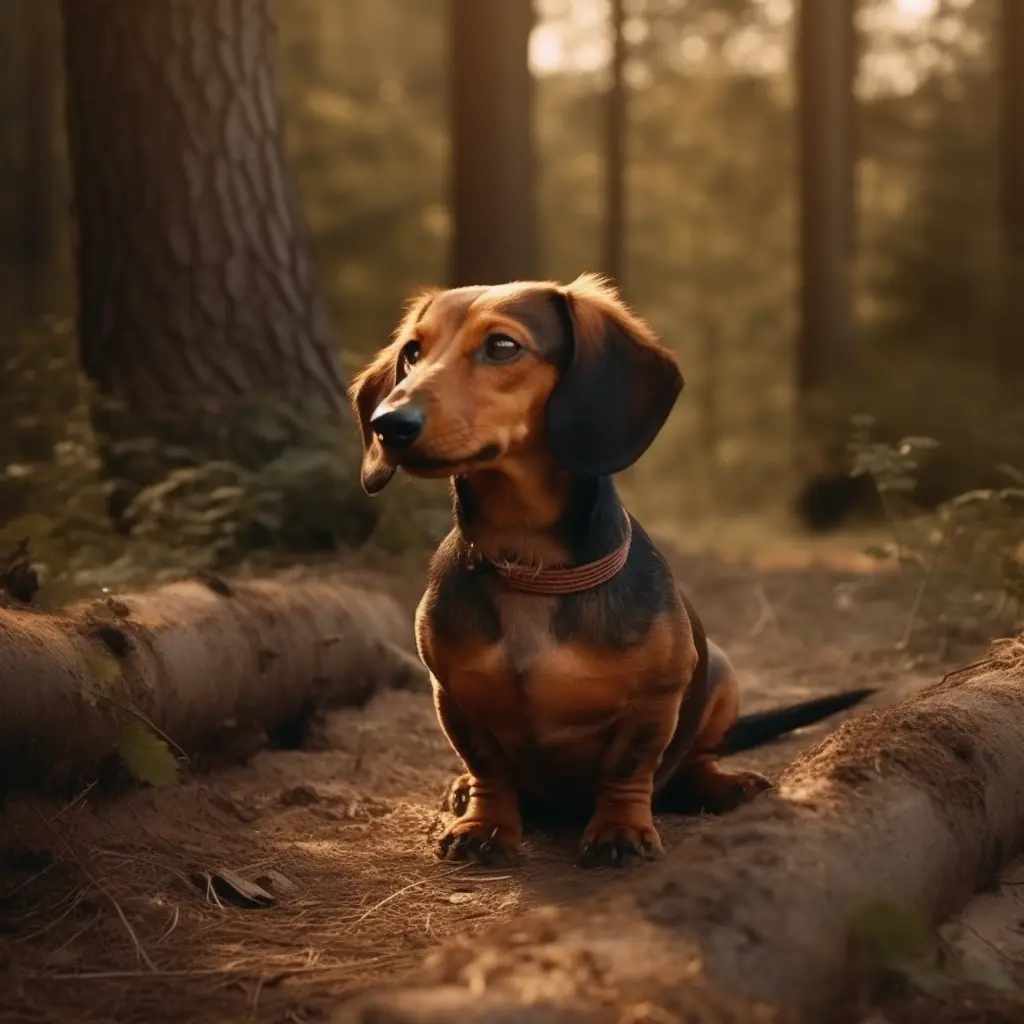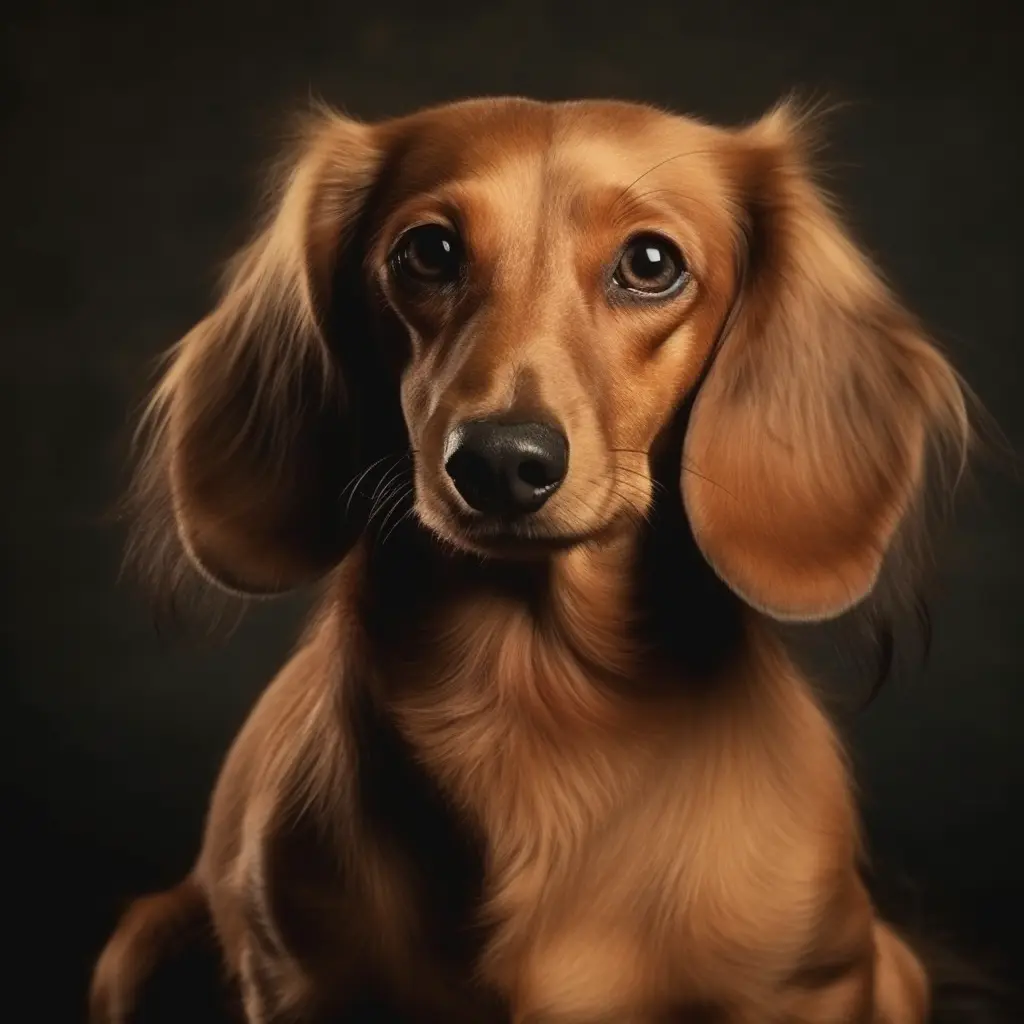The Dachshund: A Look at the Diversity and Personality of a German Icon
A quick glance at FCI Standard No. 148 is enough to understand the fascination of the dachshund. This compact, elongated dog with an unmistakable character not only has a rich history but also a remarkable variety of breeds. Here we take a journalistic look into the world of the Dachshund, from its history to its unique character.
The Diversity of Dachshunds: More Than Just a Name
Dwarf dachshund, rabbit dachshund, short-haired dachshund, long-haired dachshund, rough-haired dachshund, dachshund – the list of names by which the dachshund is known gives an impression of the diversity of this dog breed. The FCI divides them into different varieties, from the dwarf dachshund to the rabbit dachshund. The distinction is made not only according to size but also according to coat – shorthair, longhair, and roughhair.

History and Origin
Although many consider the dachshund to be a purely German breed, its history shows a worldwide distribution. Dogs with short legs and long bodies have been found in ancient Egyptian temples and in various countries such as Peru, Mexico, Greece, and China. In Germany, short-legged hunting dogs have been hunters’ companions since the Middle Ages. The dachshund, also known as the Dachshund, is believed to have originated from dwarf mutations of larger hunting dogs. Its ability to track down game and its courageous nature made it an indispensable hunting companion.
Nature and Character
The dachshund is more than just its characteristic appearance. Equipped with a pronounced hunting instinct, self-confidence, and courage, he is intelligent and stubborn. His upbringing requires consistency, as he tends to take the lead when he recognizes weakness. As a family dog, the dachshund is characterized by its affectionate nature, although the hunting instinct is always present.

Popularity and Health
The rough-haired dachshund currently enjoys the greatest popularity in Germany, whereas in the 1960s, the long-haired dachshund was in the foreground. Dachshunds are not only playful companions but also attentive watchdogs. Their popularity extends from Europe to Japan. Despite their popularity, dachshunds are susceptible to disc problems and so-called dachshund paralysis, especially at an advanced age. These health problems should be taken into account when keeping and caring for them.

Conclusion: A Dog with Personality
The dachshund, in whatever form, is much more than a dog with short legs and a long back. Its history, diversity, and unique character make it a fascinating breed. Whether as a hunting companion, family dog, or loyal companion – the dachshund has earned its place in the dog world and continues to win the hearts of dog lovers all over the world.
New dog breed descriptions in a quick overview
